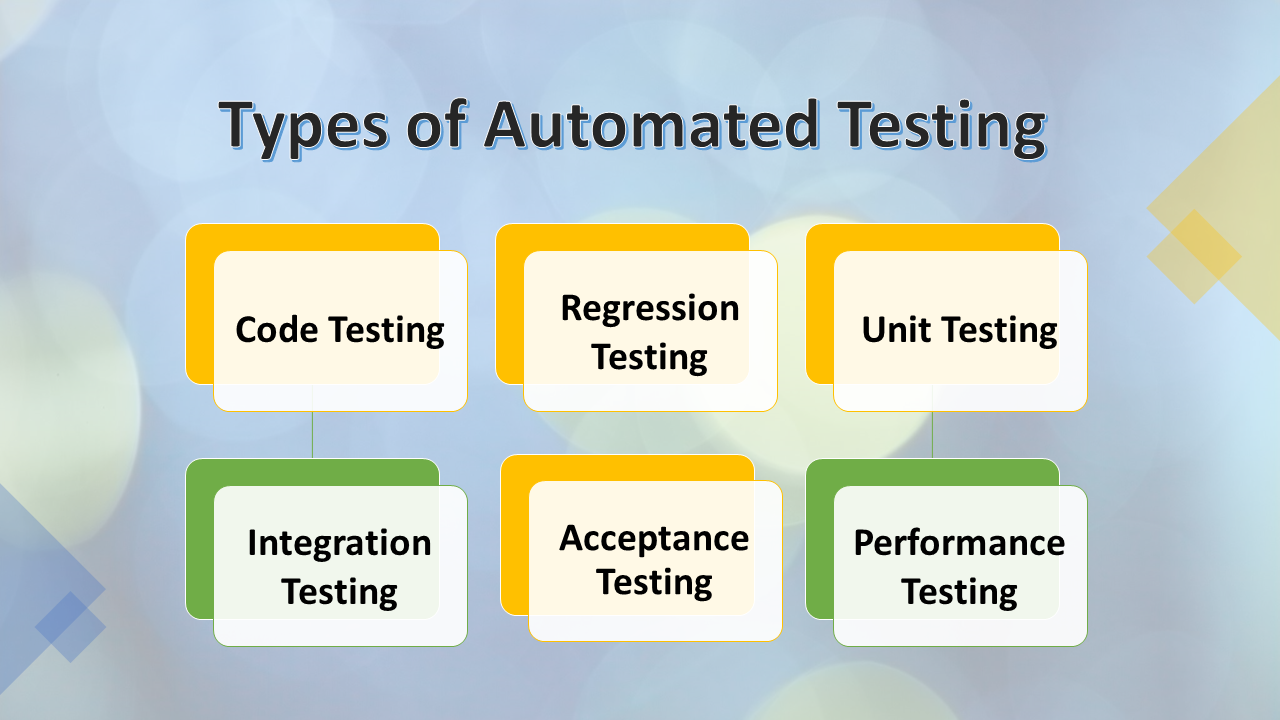How Automation Testing Transforms Quality Assurance Processes
How Automation Testing Transforms Quality Assurance Processes
Blog Article
Making Certain Success in Automation Evaluating: Trick Metrics, Difficulties, and Solutions Every QA Group Must Know
In the realm of software application quality control, the landscape of automation screening is ever-evolving, demanding a meticulous strategy to make certain seamless operations. Trick metrics function as the compass directing QA teams with the substantial terrain of test automation, clarifying progression and locations for improvement. Difficulties impend big, commonly casting darkness on the course to success. By recognizing these obstacles and implementing efficient solutions, QA teams can browse with intricacies with skill. The journey to mastering automation screening is led with nuances that require an eager eye for monitoring, analysis, and continuous renovation. automation testing. As the market drives onward, the pursuit for ideal performance in automation screening continues to be a continuous quest, urging QA groups to outfit themselves with the understanding and strategies vital for triumph.
Value of Key Metrics
Recognizing the relevance of crucial metrics is crucial for assessing the efficiency and efficiency of automation screening processes. Trick metrics function as measurable measures that offer useful understandings right into different elements of the testing procedure, such as examination protection, examination execution time, issue density, and examination situation effectiveness. By analyzing these metrics, QA teams can recognize bottlenecks, inefficiencies, and areas for improvement within their automation screening framework.
One critical aspect of vital metrics is their ability to track progress and keep track of the total wellness of the testing procedure (automation testing). They make it possible for stakeholders to make educated decisions based upon data-driven understandings, which can bring about a lot more effective testing techniques and better resource allocation. In addition, crucial metrics can help groups established practical objectives, measure the success of automation campaigns, and demonstrate the ROI of automation screening efforts

Typical Challenges Faced
Difficulties generally run into in automation screening processes can considerably impact the general effectiveness and effectiveness of QA teams. Automation screening may not cover all elements of screening, such as usability and individual experience screening, which still need manual treatment. Conquering these difficulties requires appropriate planning, critical examination case selection, robust upkeep processes, ample sources, and a clear understanding of the limitations of automation testing.
Reliable Solutions for Obstacles
To address the challenges come across in automation testing, executing efficient remedies is vital for enhancing the performance and performance of QA groups. One essential option is to buy robust training programs for QA teams to guarantee they have the essential skills to properly make use of automation devices. Training can connect expertise spaces, boost understanding of automation structures, and improve scripting capabilities, inevitably bring about a lot more efficient examination production and execution.
Another important service is to develop clear interaction networks within the QA team and with various other stakeholders, such as designers and project supervisors. Reliable interaction assists in aligning expectations, sharing progress updates, and quickly dealing with concerns or obstacles that may arise throughout the automation testing procedure.

Tracking and Evaluation Methods
Carrying out reliable surveillance and analysis strategies is critical for guaranteeing the success and performance of automation testing processes. By utilizing surveillance devices, QA groups can track the efficiency of test scripts, recognize bottlenecks, and determine locations for enhancement. Real-time surveillance permits fast detection of problems, allowing rapid reaction and resolution. In addition, examining test outcomes and metrics supplies valuable understandings right into the high quality of the software being tested and the performance of the testing strategy.
One key strategy in monitoring and analysis is the use of dashboards that consolidate pertinent metrics and KPIs in a visually available format. These dashboards offer an extensive overview of test execution standing, examination protection, issue patterns, and various other important details. Routinely reviewing and evaluating these dashboards can assist QA teams make educated decisions, focus on tasks, and optimize screening efforts.
Additionally, applying automated informs and notifications based on predefined thresholds can enhance aggressive surveillance and prompt intervention. By setting up notifies for efficiency discrepancies or examination failings, groups can resolve issues without delay and avoid them from intensifying. Overall, tracking and evaluation strategies play an essential go now function in making certain the effectiveness and success of automation screening efforts.
Constant Enhancement Methods
Enhancing the effectiveness of automation testing procedures demands the regular improvement of methods and techniques. Continual improvement methods are essential for QA teams to adjust to evolving innovations and deliver top quality software. One vital method to improving automation screening processes is to carry out routine reviews and retrospectives. By assessing previous testing cycles, teams can recognize bottlenecks, inefficiencies, and areas for enhancement. Executing comments loopholes and including lessons learned right into future screening frameworks can generate substantial enhancements over time.

Conclusion
To conclude, it is essential for QA groups to comprehend the crucial metrics, obstacles, and options in automation testing to ensure success. By very carefully keeping an eye on and examining information, implementing reliable remedies to typical obstacles, and continuously enhancing methods, QA teams can enhance their testing processes and provide top notch software program products. Abiding by these methods will eventually result in much more effective and efficient automation testing techniques.
By analyzing these metrics, QA groups can recognize traffic jams, ineffectiveness, and areas for renovation within their automation testing framework.
Furthermore, essential metrics can help groups established realistic goals, gauge the success of automation initiatives, and show the ROI of automation testing initiatives.
Obstacles typically encountered in automation screening processes can dramatically influence the general performance and performance of QA teams. Automation testing might not cover all facets of testing, such as functionality and user experience i thought about this testing, which still require manual intervention.In verdict, it is crucial for QA teams to comprehend the key metrics, challenges, and solutions in automation testing to guarantee success.
Report this page